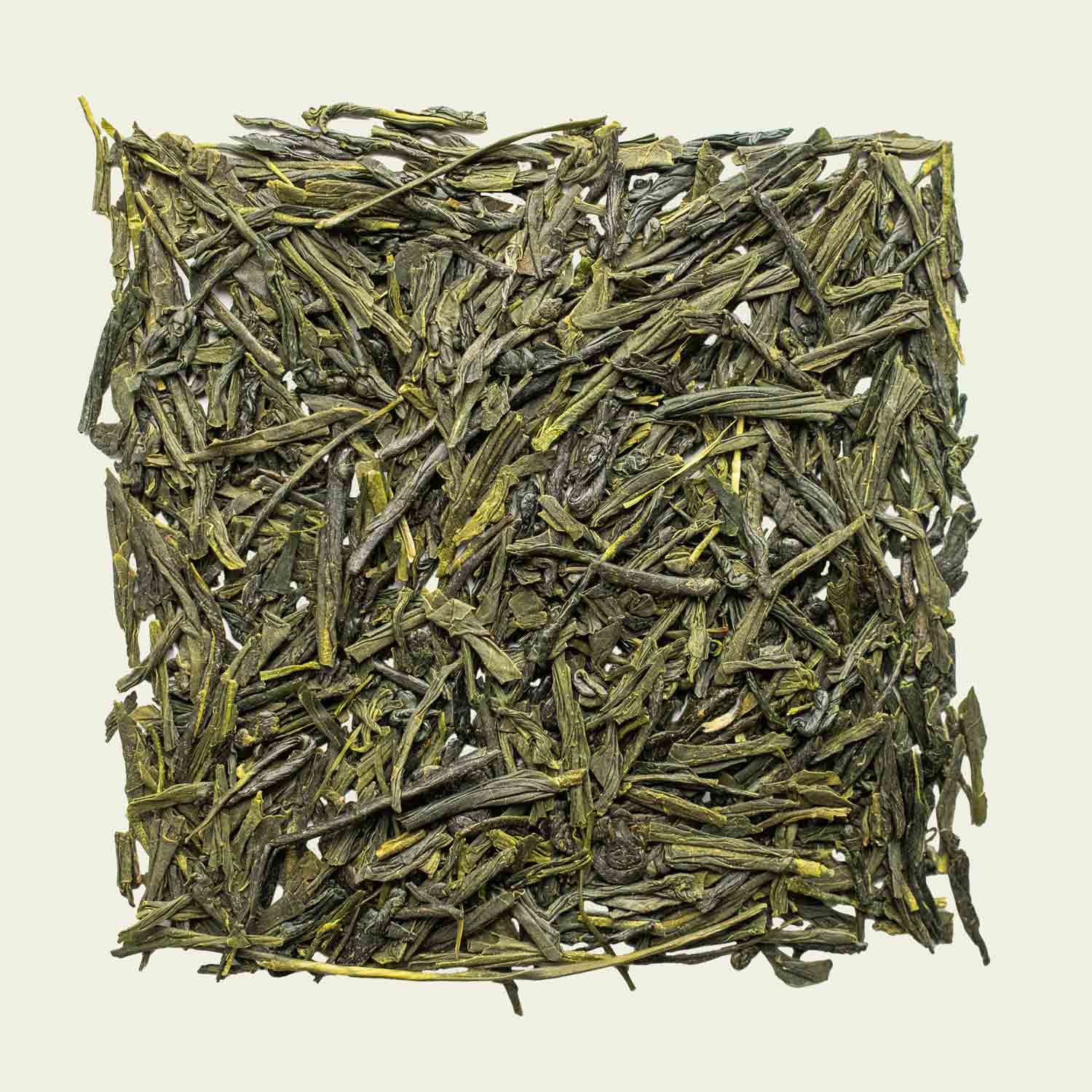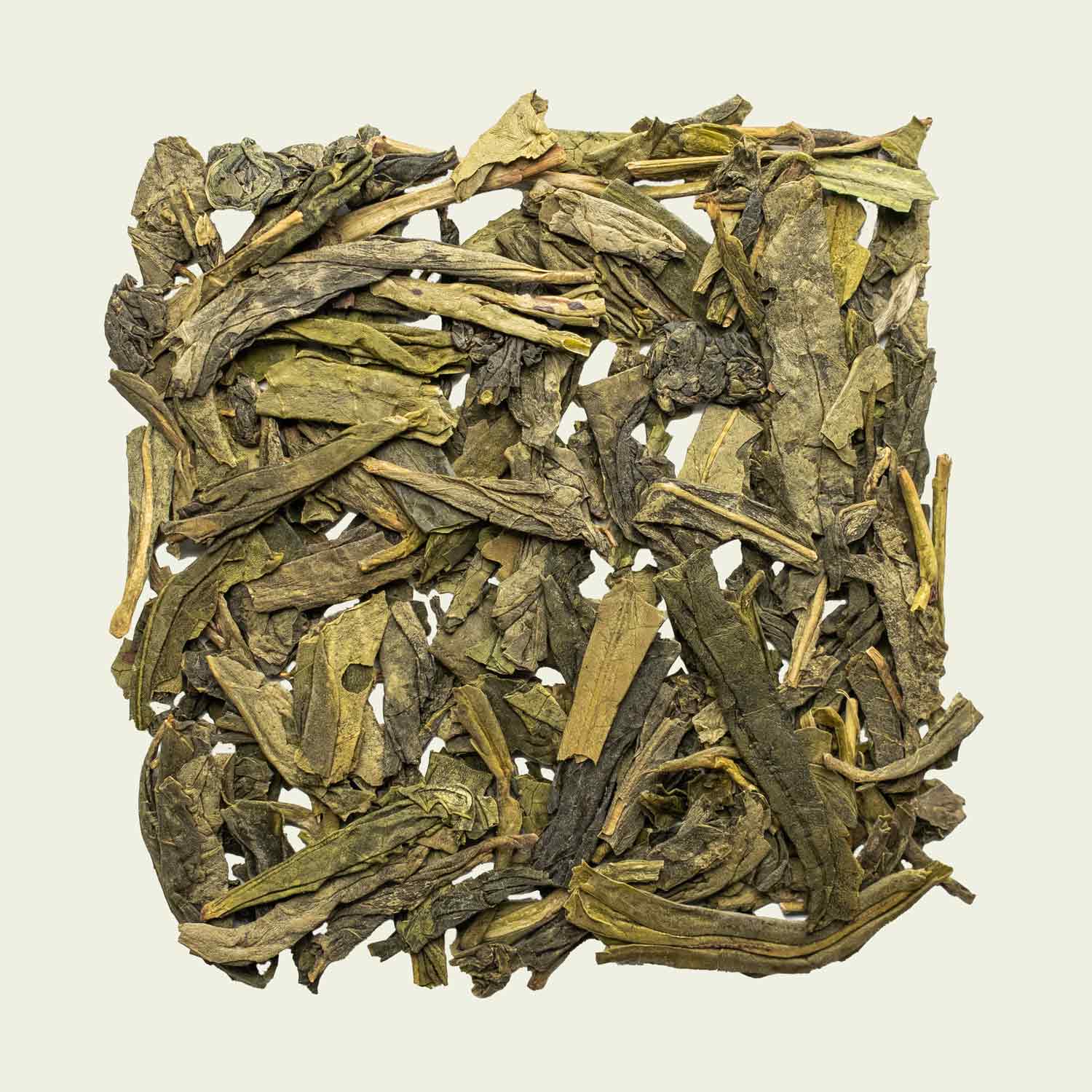
What makes green tea so special?
The Diversity of Green Tea
Fresh & invigorating
Floral & sweet
Nutty & mild
Refined & artfully rolled

Our favorite green teas
How to make the perfect infusion
Quantity
Temperature
Time
Infusion



Chun Mee
Chun Mee, meaning “precious eyebrow,” is a traditional Chinese green tea known for its delicately curved leaves. Its robust, slightly tangy flavor is perfectly balanced by a gentle, almost fruity sweetness that deepens with each infusion.
Character
Strong, tart & yet finely balanced. A gentle sweetness accompanies the tart freshness and develops with every infusion.
Quality
Origin
Chun Mee comes from the tea gardens of Hubei and Anhui, where the mild climate shapes its unique taste.
Ingredients

Origin
Questions & Answers






